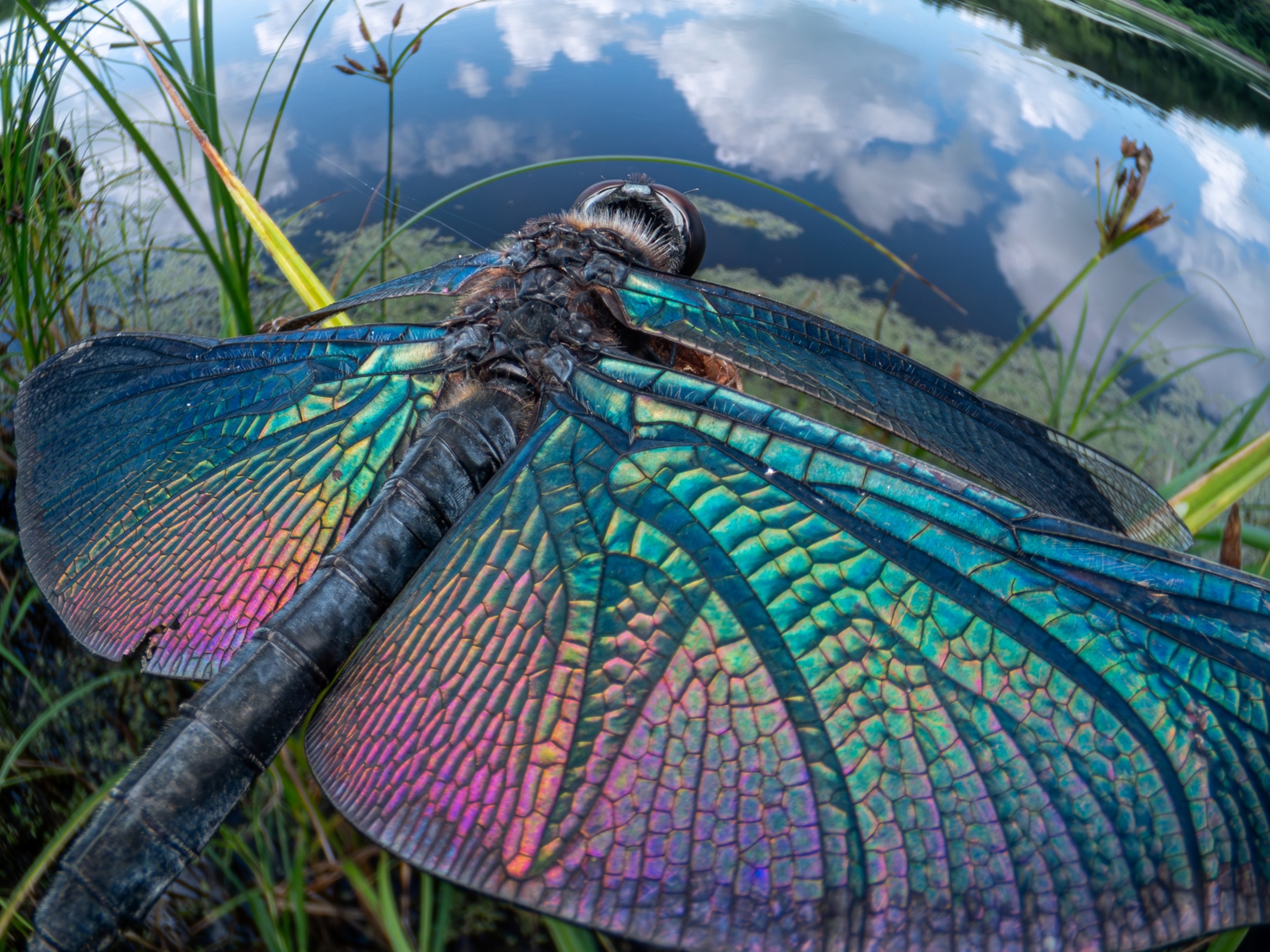
Walk on the Wild Side With Beer Made From Wasp Yeast
I admit, I’m behind the times. While my friends are attending increasingly popular beer festivals and visiting the growing number of micro-breweries around the world, I can’t tell the difference between a lager and a stout. This means that not only am I the worst person to send to the bar, I’ve also never given much thought to what it takes to brew a great beer.
Unlike me, John Sheppard his lab current project
Typically, the yeasts used to brew beer are specifically selected from a small group of previously tested strains to protect the beer’s characteristics. In fact, Sheppard’s research usually centers on controlling yeast metabolism to achieve consistent performance of the essential ingredient. Sheppard says, “wild yeasts have always been considered a contaminant in brewing and you want to keep them out, because they create off-flavors.”
In 2014, the North Carolina Science Festival World Beer Festival Jonathan Frederick Robert Dunn
Just kidding, the rest included a lot of hard work and time spent finding wild and useful yeasts to develop new brews. Work in Dunn’s lab focuses on the ecology of small species, some of which carry yeast in and on their bodies, so they decided to try some pests. Along with post-doctoral researcher, Anne Madden
The team first had to remove the yeast from the wasp. To do this, the wasps had to be killed, ground down, and then placed in a nutrient solution—where the yeast and bacteria grew. The scientists isolated and removed the yeast, tested it to be sure it was safe, and used it to create beer.
Sheppard tested the wild yeast under normal brewing conditions and discovered that they “don’t particularly like very cold temperatures.” So he adjusted the fermentation conditions a bit, raising the temperature slightly above average, but still within normal range. To create beer, yeast must ferment a brewer’s wort, or the liquid sugar extracted when a grain is milled, mixed with water, and heated. Sheppard learned that this wild yeast could ferment the same brewer’s wort he uses for his standard beers.
Despite this success, Sheppard suspected the brew he developed from the wild yeast wouldn’t taste great. “Actually the opposite was true,” he says. The yeast not only produced ethanol, but also esters, which create a fruity flavor, and lactic acid, which produce a sour character. Sheppard says of the beer, “We got some really nice fruity, flowery esters that gave it a nice taste and aroma, combined with a moderate sourness.” After the success of the first beer, the team decided to try another—this time with yeast from bumblebees. It was also well received and Sheppard thought, “maybe we’ve hit on something here.”
Sheppard is not the only one experimenting with wild yeast. Owners of the Catillon Brewery
More recently, U.S. brewers are getting in on the wild yeast game. Allagash Brewing Company Crooked Stave Artisan Beer Project Russian River Brewing Company
The team at North Carolina State University is just starting out in the beer world. They have produced a small supply of beer for campus events, but they’re not quite ready to release the wasp beer yet. They are in the process of identifying and isolating more wild yeasts, mostly from other wasps and bees, and Sheppard sees a range of possibilities for their use. “The microbes that are currently used for food and beverage production are a relatively small percentage of the total possible microbes that could potentially be used,” says Sheppard. He thinks there’s a big opportunity for these undiscovered yeasts.
I’m looking forward to finally being the friend in the know and ordering everyone a round of bumblebee beer.
Lindsay Smith spends most of her time making her mother worry and planning her next snack. She’s an editorial assistant at National Geographic and tweets @lindsayn_smith.




